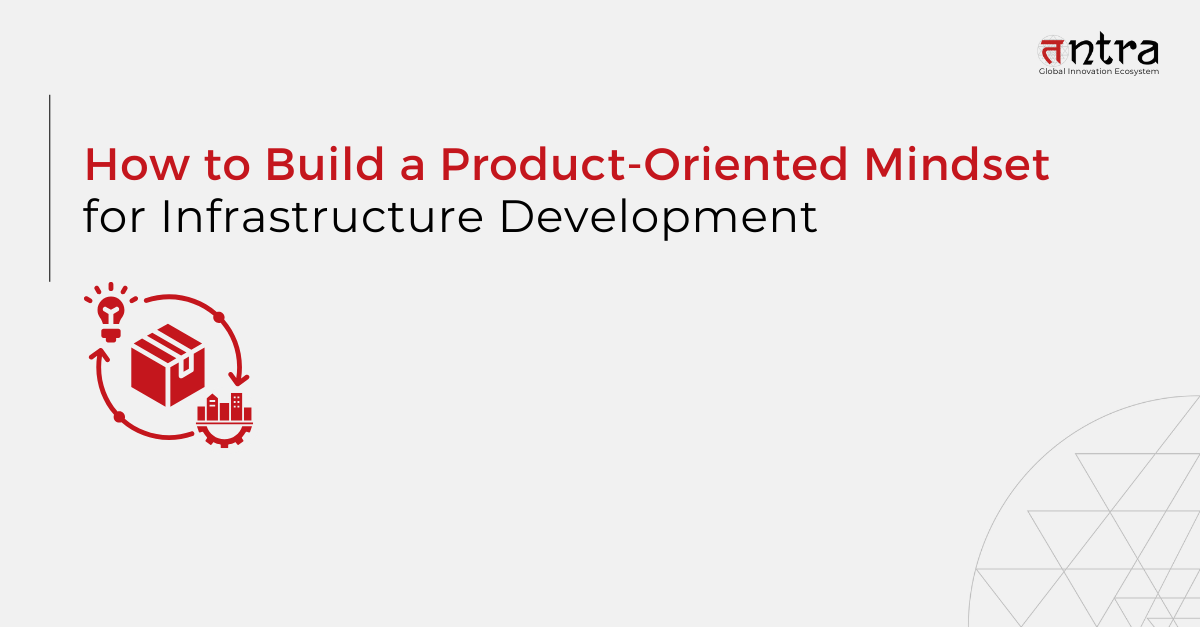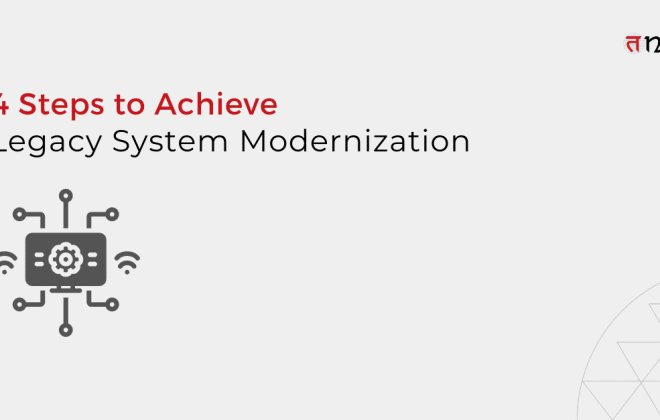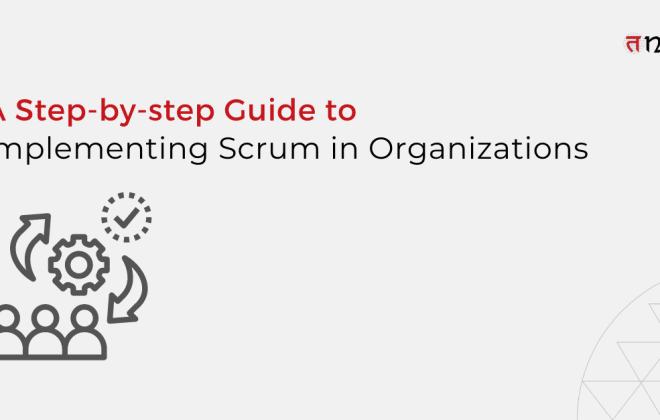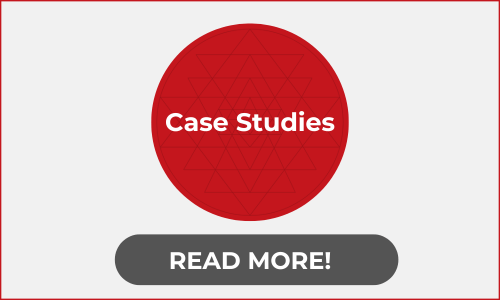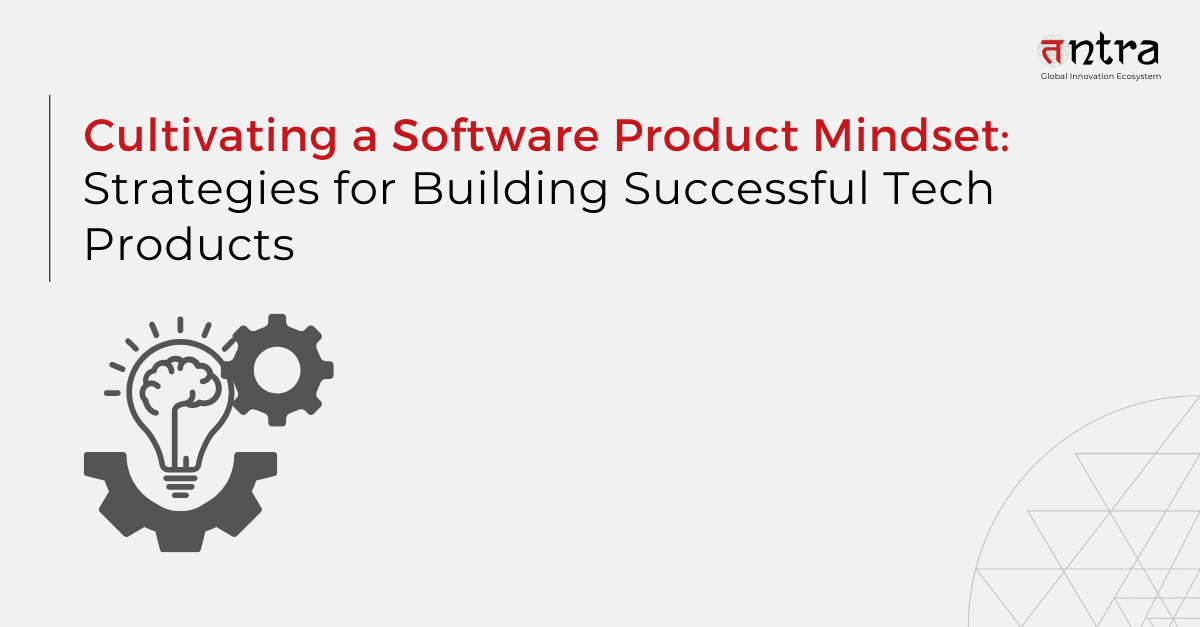
Cultivating a Software Product Mindset: Strategies for Building Successful Tech Products
Building successful software products requires shifting to a product mindset that delivers continuous results. A product mindset can change the trajectory if there is a lot of risk in the current approach to development. By focusing on user-centric design, building a collaborative culture, encouraging innovation, and adopting an Agile mindset, companies can transform the way they build software products. Read this article to know more.
Managing the project inventory of a multinational home appliance manufacturer, which consists of about 400 distinct projects spread across five global locations, requires a thorough methodology to ensure that everything gets done on schedule. For this reason, Zapparoli, a senior engineer at Whirlpool Corporation, searched for a means of bringing stakeholders, leadership, and project managers in line about the laundry and dryer portfolio he oversees. This change management is difficult in the beginning.
Zapparoli knew that to combine the 400 projects that covered various parts of the world, he would need to create a special and efficient system for all project managers. At the very least, the project management system had to include open, finished, and postponed activities, key performance metrics, and responsibilities for each project and task.
With the help of a project management system, he gave users a comprehensive overview of a whole area and instant access to a multitude of activities as well as the general state of the project. When the holistic tracker was initially implemented in Brazil, it completely changed how ten project managers and cross-functional leaders go about their everyday tasks and maintain communication. This was key in the organizational culture.
Zapparoli’s project management software trackers are utilized in all three remaining locations and have aided in the deployment of the product in four more Whirlpool internal organizations following its installations in Brazil and the US. The fact that project managers have control over their work makes them engaged. Management can recognize how they can help, and cross-functional leaders are happy with the visibility.
Data Talks about the Product Mindset
Of the firms that offer project management training to their staff, over 61% do so, but only 47% provide a clear career path for those who wish to pursue project management.
Developing an organizational culture that always considers the demands of the customer based on their input is a key objective for nearly 70% of businesses.
A creative process known as design thinking is employed by about 59% of organizations to solve issues. It leads to continuous innovation in the product development process.
A substantial portion of the work performed by more than 70% of Project Management Offices involves project reporting on how things are progressing. This often leads to delays in delivery and surpasses deadlines.
The Mindset Shift to Create Successful Software Products
According to studies, companies that adopt a product mindset—a strategy that prioritizes consumer understanding, quick action, and a tolerance for failure—are over two times as likely to outperform their rivals. They can achieve greater customer satisfaction. Value, not perfection, is what drives a product mindset. It is based on concern and understanding for the client. Brands willing to adopt this strategy may benefit from increased speed to market, lower costs, and higher engagement.
How can a company achieve this mindset shift? Here are some ways to do that –
- Focus on User-Centric Design
Digital products are made to satisfy certain customer requirements and provide outstanding user experiences. Focusing on user research, usability testing, and feedback analysis is key in a product-centered approach to comprehending user behaviors, needs, and challenges. Through user-centered product development, companies may produce digital products that are more effective and successful.
In UCD, user feedback is gathered, and designs are iterated upon until the product fulfills the wants and expectations of the user. UCD may improve user engagement, boost customer satisfaction, and ultimately result in more successful goods on the market by putting the user’s needs first.
- Switch to Agile
A fundamental element of the effective creation and administration of digital products is the Agile methodology. Adopting an Agile mentality places a high importance on adaptation, flexibility, and ongoing learning. Agile procedures like Scrum and Kanban encourage iterative development, frequent collaboration, and adaptable planning. Thanks to this Agile approach, organizations can react swiftly to market changes and user needs. It leads to improved efficiency and productivity.
Adopting an Agile mentality aims to enable your staff to perform at the highest level. Team members with a strong mentality can be autonomous, free, creative, and innovative. The end product is a contented and robust workforce, further enhancing the system already in place.
- Foster A Culture of Continuous Innovation
The ability of constant innovation to keep businesses competitive in a market that is changing quickly is one of its main advantages. Businesses may better satisfy the evolving needs of consumers and maintain an advantage over competitors by consistently enhancing their processes, goods, and services. It also stimulates repeat business and increases client retention, increasing sales referrals.
Furthermore, continuous learning and innovation can potentially reduce costs and increase efficiency. Businesses can find inefficiencies and simplify operations by continuously seeking methods to enhance procedures. This can result in cost savings and higher productivity. Financial KPIs, operational metrics, and company metrics all improve as a result of this.
- Encourage Cross-Functional Collaboration
Working across functional boundaries is crucial to creating effective digital products. From the beginning, product managers, designers, developers, marketers, and other stakeholders work together using a product-centric approach. This teamwork encourages candid communication, common objectives, and group ownership, making creating comprehensive and avant-garde digital goods possible.
Such cross-functional collaboration is challenging in many traditional industrial organizations due to incentive systems and operational silos that effectively push departments against one another. However, it is worthwhile to dismantle company walls and implement procedures for integrating teams both inside and outside the company. When experts adopt a collaborative ecosystem of teams, they increase revenue and foster greater levels of client loyalty. This also leads to leadership development.
Product Mindset is the Way to Go
Digital goods’ chances of success and long-term sustainability are weakened when approached with projects with set deadlines and requirements.
Organizations may unleash the full potential of their digital products by adopting an Agile strategy, outcome-oriented metrics, cross-functional employee engagement, continuous iteration, and user-centricity. Transitioning from a project-centric to a product-centric approach enables the development of remarkable experiences that satisfy changing customer demands and promote long-term company expansion.
With Tntra, a leading software product engineering company, get a team with the right mindset to build your products. Contact our experts today!
